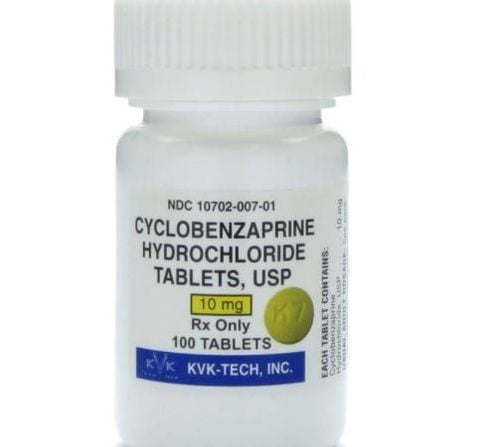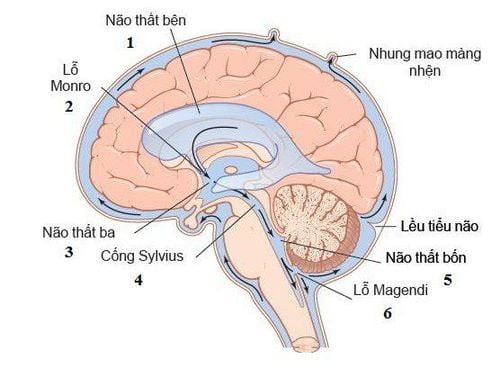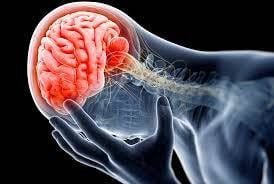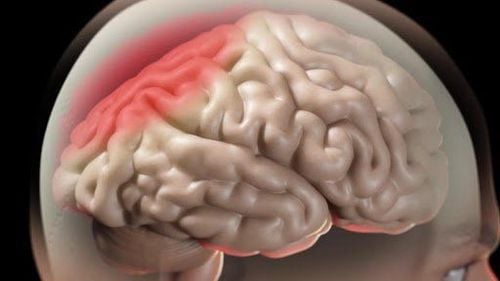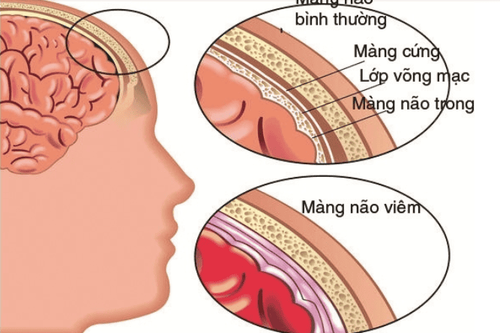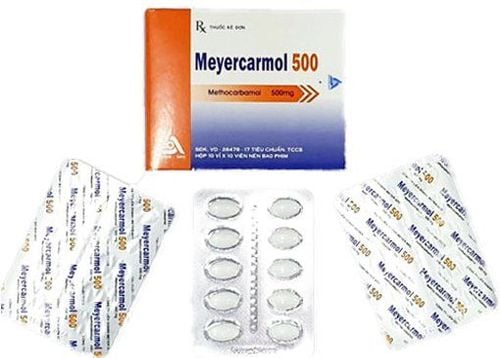This is an automatically translated article.
Dorsal/sacral meningeal hernia is a rare disease that is caused by birth defects in the brain area of a child. If detecting symptoms or suspecting that a child has this disease, parents need to take their child to medical facilities for timely diagnosis and surgery.
1. What is meningeal hernia?
Meningeal hernia is a rare disease, caused by birth defects in the spinal canal of a child. The specific cause of this condition is that the posterior arch of the vertebrae is wide open, allowing the spinal canal to communicate with the extra-vertebral soft tissue, making it easier for the dura to bulge and form a hernia sac. Meningeal hernia is a serious medical condition, causing loss or dysfunction of nerve function, which seriously affects the patient's appearance, activities and many different risks.

Thoát vị màng não tủy là bệnh lý rất nguy hiểm
2. What is dorsal/sacral meningeal hernia?
The basic feature of dorsal / sacral meningeal hernia in children is the appearance of tumors in the lumbar-sacral region. This tumor is usually soft, covered with wrinkled skin, inside containing cerebrospinal fluid or a mixture of brain tissue and cerebrospinal fluid. Dorsal / sacral meningeal hernia is considered a form of spina bifida. Spina bifida is a congenital neural tube defect in which several vertebrae fail to close, exposing the spinal cord, membranes, and cerebrospinal fluid as a soft, raised, dark "neural sac". on the back along the spine.
Spina bifida has 3 forms:
Hidden spina bifida (spina bifida occulta); Meningocele (meningocele); Meningomyelocele (meningomyelocele).
3. Indications for meningeal surgery
Meningeal surgery through craniotomy
Surgery for hernias through the frontal sinus and anterior 1/3 of the ethmoid sinus (Opening the frontal cap) Surgery for the herniated mass at the middle floor of the skull base (temporomandibular opening) Endoscopic surgery through the nose
Meningeal herniation mass in the ethmoid and sphenoid sinus
4. Meningeal hernia surgery
4.1. Preparing for surgery
As soon as the child is born and is diagnosed with meningeal herniation in the dorsal / sacral region, the child should be placed immediately with a sterile gauze soaked in saline on the affected area to avoid the risk of dry skin. Examine and re-evaluate the degree of motor and sensory limitation and the degree of hydrocephalus. Give your child a broad-spectrum antibiotic: Cephalosporin.
4.2. Carry out surgery
Surgery for meningeal hernia in the dorsal / sacral region should be done within the first 24 hours. Make an incision in the skin around the hernia sac and gradually expand it to the sides, dissecting the base of the hernia sac from the surrounding organization. Partial resection of meningeal hernia sac and suture. Use the waist square on both sides to cover the bone defect.
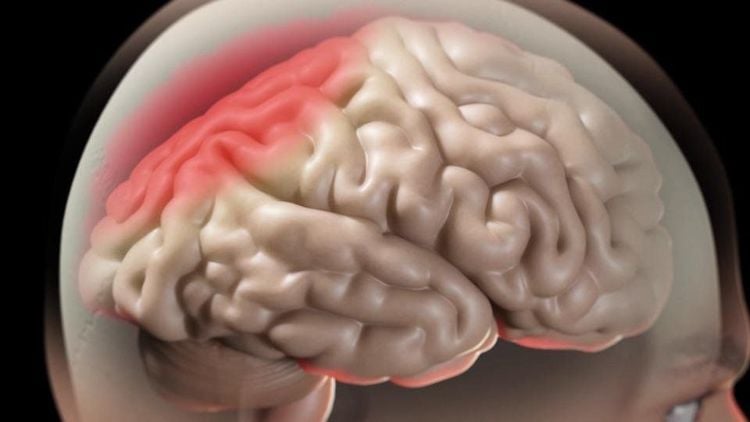
Sau phẫu thuật, người bệnh cần được theo dõi để phát hiện các tổn thương như phù não
4.3. Care and follow-up after surgery
Establish transmission and infusion in the early hours. During the first 24 hours: closely monitor vital signs and consciousness: pulse, blood pressure, breathing rate, temperature, focal neurological signs. If decreased consciousness or new focal neurological signs appear -> CT scan to detect progressive brain contusion, cerebral edema, complications of epidural hematoma or lower hematoma Dural. Monitor cerebrospinal fluid flow through the nose. Continue to give intravenous antibiotics. After surgery, it is necessary to always monitor the head circumference and size of the anterior fontanelle of the child to promptly detect hydrocephalus. Surgery is the optimal method for the treatment of meningeal hernias. If unruptured dorsal/scrotal meningeal hernia is detected, surgery can be performed within the first 24 hours after birth. However, surgery for children with meningeal hernia is an extremely complicated technique. Sick children need to be carefully prepared before surgery, assessing the degree of nerve damage. After surgery, the child needs to be closely monitored for complications, especially infection.
Vinmec International General Hospital with a system of modern facilities, medical equipment and a team of experts and doctors with many years of experience in neurological examination and treatment, patients can completely peace of mind for examination and treatment at the Hospital.
To register for examination and treatment at Vinmec International General Hospital, you can contact Vinmec Health System nationwide, or register online HERE.




